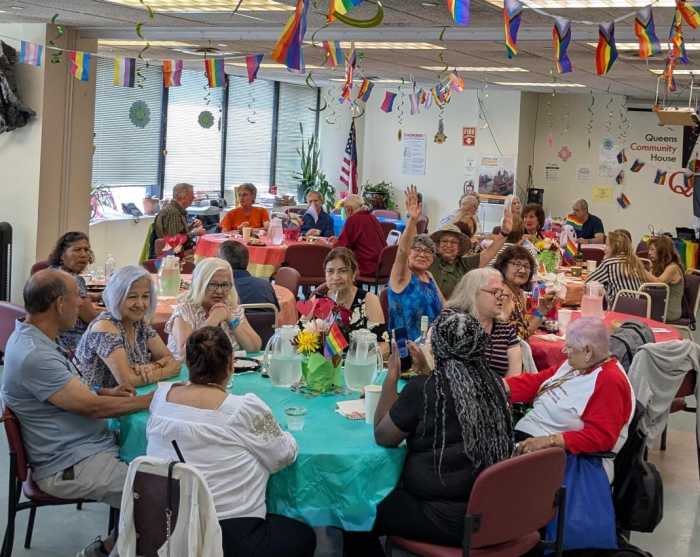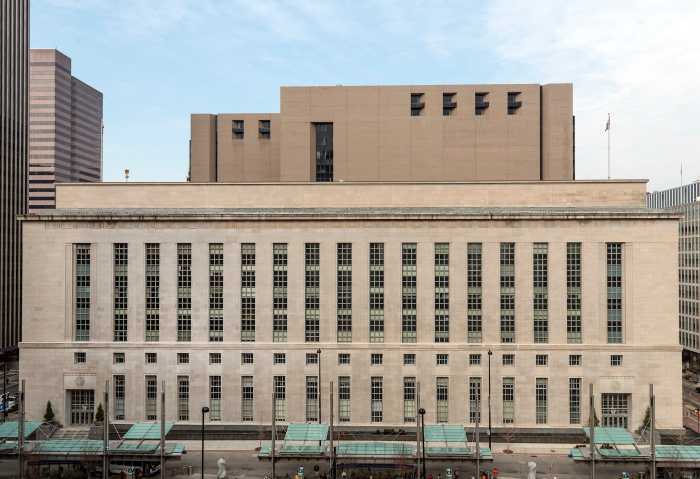The New York Community Trust has provided a funding injection to the Regional Plan Association (RPA) to support advocacy and community engagement surrounding the Interborough Expressway (IBX).
Over the summer, the Trust awarded $150,000 to the nonprofit organization to support advocacy and community engagement with the neighborhoods surrounding the proposed IBX stops.
The IBX is the city’s proposed light rail that would connect Brooklyn and Queens. The project, which is currently in the design phase, would be built alongside the existing LIRR Bay Ridge Branch and a 14-mile freight line extending from Bay Ridge in Brooklyn, to Jackson Heights in Queens.
According to the MTA, it would connect with up to 17 subway lines and the Long Island Railroad and have end-to-end transportation times anticipated in 40 minutes or less. This would also create a new transit option for nearly 900,000 residents of the neighborhoods along the IBX routes.
“ There’s a strong focus on educating stakeholders of various types, from residents to community boards to city and state officials, about the project and what it would do for the city,” said Arturo Garcia-Costas, program director for Local, National & International Environment at The Trust.
According to Garcia-Costas, part of the grant is also allocated to focus on research and analysis on any issues that emerge during the enactment and advocacy efforts for the project.
Tiffany-Ann Taylor, vice president for transportation at the Regional Plan Association, spoke to QNS about receiving the Community Trust grant allocation.
Taylor said the RPA has a long history with the IBX project. According to Taylor, the idea for the IBX originated from the RPA’s original vision of a Triborough expressway that would use an underutilized freight line connecting Brooklyn, Queens and the Bronx and turn that into passenger transportation.
Taylor said that the RPA held onto the idea over time and ultimately, the MTA adopted it, focusing on connecting Brooklyn and Queens through the IBX project currently underway.
“ We’re so involved because we care about it. The idea comes out of my organization and we’ve always supported public transportation, more equitable transportation, providing more access to people for public transportation and understanding how land use and job patterns have changed, especially in the last 10 to 15 years for sure,” Taylor said.
With many commuters going to Manhattan less in favor of working from home and with traveling increasing within the outer boroughs, Taylor said that expanding transportation within those boroughs makes sense.
The IBX would also be the first opportunity for New York City to have its own light rail, which Taylor said could be an important starting point for educating residents about this type of commute.
The grant funding will go towards these educational initiatives, including sharing with residents the potential of shortened commute times and the impact the IBX will have on their surrounding communities and property values.
“[The RPA will] talk to folks about what it means to understand the impact of development as along the line, as some of those properties become more valuable, and, what are the conversations that people are likely to have around gentrification and concerns around displacement, but also opportunity for being able to build more housing that the city desperately needs,” she said.
“ I think that there is a huge education component that RPA can serve, to folks… local residents in Queens, people who own businesses or work in Queens, and honestly other folks who will be coming to Queens, or Brooklyn, from other parts of the city, but using this new piece of transportation infrastructure once it’s built,” she added.
Taylor said that she recognizes community members’ concerns about their neighborhoods being gentrified or displaced. She feels the project presents an opportunity for the MTA and the city to proactively prevent displacement and gentrification.
“ We’ve learned, I think, enough from building things like the 2nd Avenue subway, for example. And understanding there’s an opportunity to be proactive in protecting local businesses that are along the line… for protecting homeowners, and companies who own apartment complexes along this new route,” she said.
She added that the new City of Yes for Housing zoning text amendment could potentially be integrated and applied to the infrastructure surrounding the IBX system.
“ I hope that this is an opportunity for folks to be educated on the fact that some neighborhoods will see change, but change does not immediately equate to displacement,” she said.
As the IBX project progresses, Taylor said she is looking forward to seeing the use of underutilized and vacant land along the line.
“ From the beginning of this, the idea is to bring in more accessible transportation for people who need it. It’s not a project whose goal is to push out folks who already live in these neighborhoods. It’s actually to better connect them,” she said.
“I know the fear of displacement and gentrification is very, very real. But it’s my hope that we’re able to be an actor in this advocacy space and really explain to folks and also arm people with the information, so that again, they’re better able to speak to folks who represent them in other spaces,” she said.


































